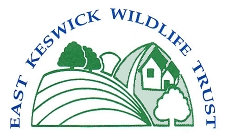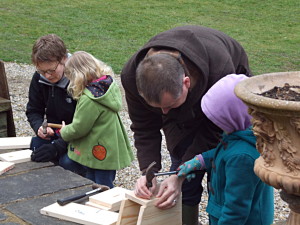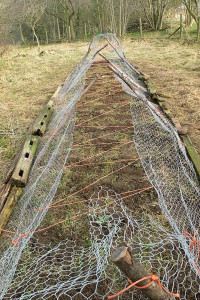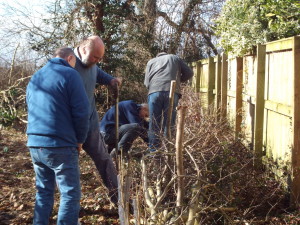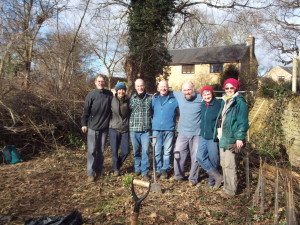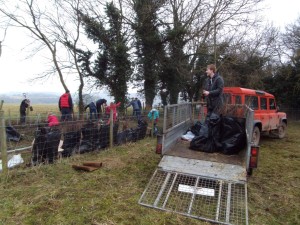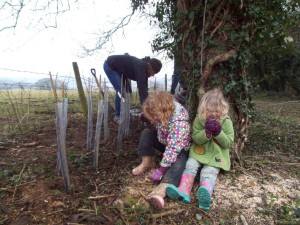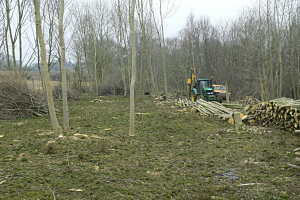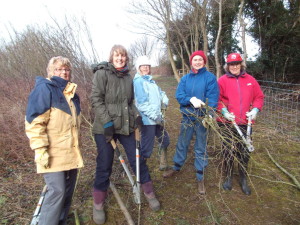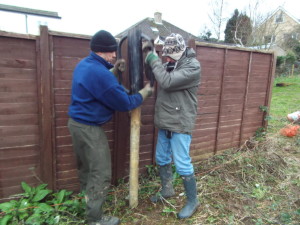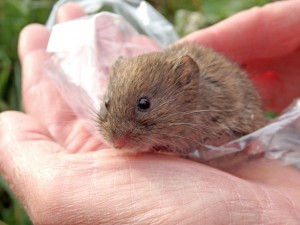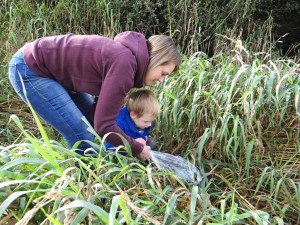On Monday 18th May we surveyed the bats in Ox Close Wood. Our bat expert, who is a consultant ecologist, brought a number of bat detectors so that we could all have a go at listening to and deciphering the calls that we heard. Four bat species were identified during the evening; Daubenton’s, Noctule and Common and Soprano Pipistrelle. The river was a particularly rewarding area where nearly all the bats were seen and heard. A couple of the bat detectors could record calls and further species may be identified when these recordings are analysed over the next few days.
Two more bat evenings are planned for the 17th and 24th June when different areas of the parish will be surveyed. If you would like to come; meet at the church on Moor Lane at 9.30pm. or contact 01937 574140.
